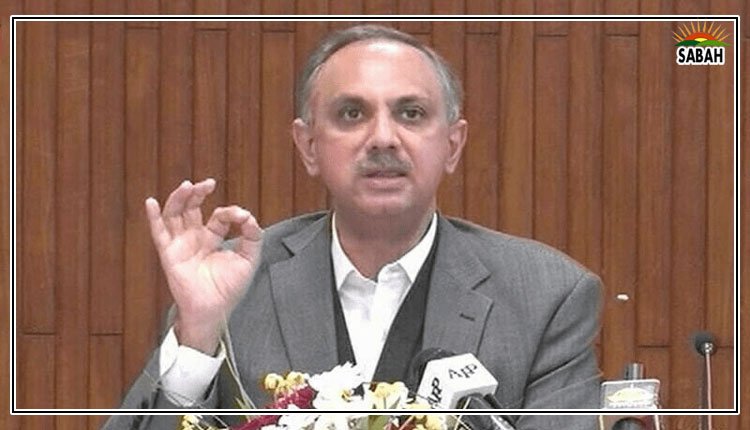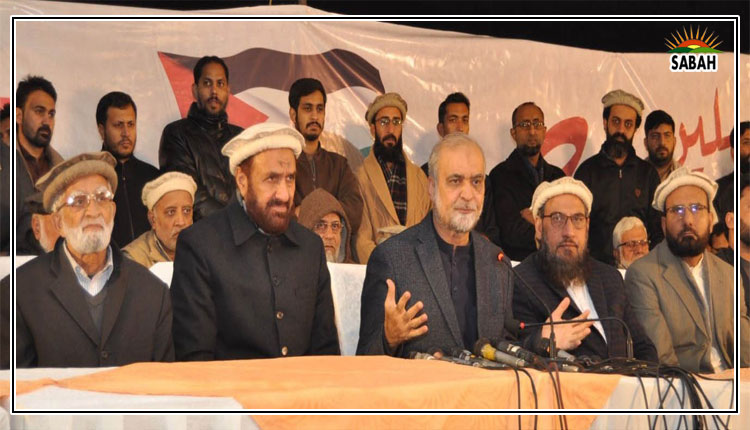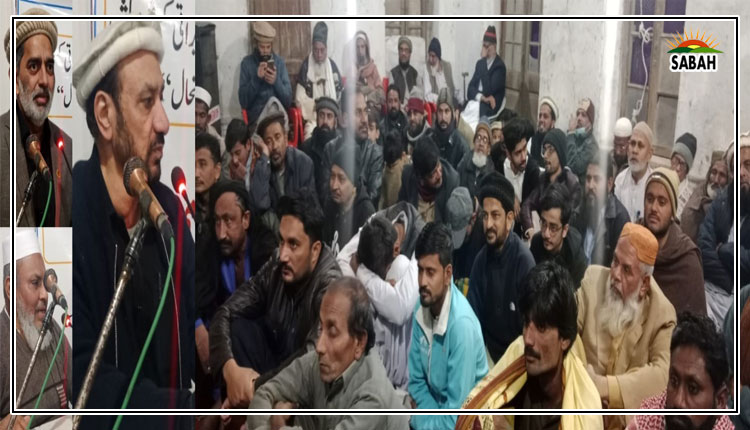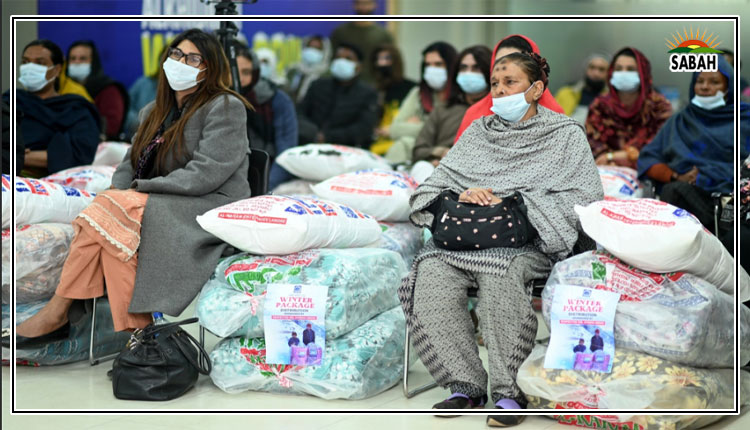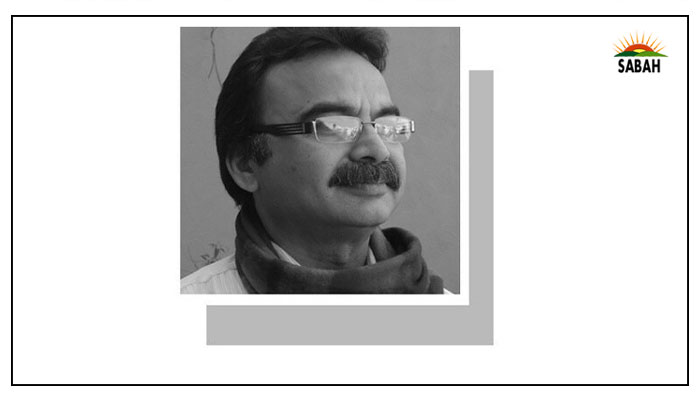Delimitation blues…Tahir Mehdi
THE Election Commission of Pakistan took up the task of delimitation at great risk to its reputation this time. It was accused of using the time-consuming task as an excuse to delay elections for some ulterior objective. But the ECP pressed ahead, preferring the constitutional requirement of delimiting constituencies over everything else. The extraordinary importance given to this task had raised hopes that the ECP was serious about levelling the playing field by first addressing the problem of disparity in the sizes of constituencies.
Constituencies in Pakistan have historically been unequal. In extreme cases, their populations have varied by as much as three times. This goes against the basic democratic principle of equal suffrage, besides violating citizens equality that is guaranteed in our Constitution.
Parliament attempted to fix this in Elections Act, 2017, by setting a limit of 10 per cent variation in the population of constituencies. The effort, however, was in vain as the 2018 delimitations again resulted in unequal constituencies.
The main obstacle was the rule suggesting that a district shall have a whole number of constituencies; in other words, a constituency shall not comprise parts of two or more districts. Since the population of districts cannot be in exact multiples of the average per seat population, their fractional shares have to be rounded off. For example, if a districts population is 1.6 times the average, it is awarded two seats. Thus the population of each will be 0.8 times the average. On the other hand, a district with a population of 1.4 times the average gets one seat after the rounding off. As a result, constituencies in the former are much smaller than those in the latter. The condition of keeping a constituency within the bounds of one district has been the main source of disparity in constituency sizes.
The ECP has been selective in the current delimitation exercise.
Parliament in 2023 further amended Section 20 (3) of the Act, adding that it shall not be necessary to strictly adhere to the existing district boundaries in exceptional cases. The ECP has used this space selectively, and seemingly arbitrarily, in the current delimitation exercise. For example, Tank districts share in the National Assembly stands at 0.52, while that of D.I. Khan comes to 2.02, so instead of creating a very small seat out of Tank and two average seats in D.I. Ismail Khan, the ECP has merged both and divided them into three equal seats. It has thus created a cross-district constituency comprising the whole of Tank and a part of D.I. Khan and two wholly within the latter.
The same approach, however, has not been applied in the case of Haripur and Abbottabad. Haripurs share is calculated as 1.29 seats, far exceeding the 10 per cent limit and yet it has been given one whole seat. Neighbouring Abbottabads share is 1.56 and it has been rounded off to two seats. This has resulted in a very large Haripur constituency with a population of 1,174,783 next to two small Abbottabad seats with populations of 699,311 and 719,761. The ECP could have easily combined the two districts to create three equal constituencies, but it has strangely decided otherwise, without explanation.
Similarly, Hafizabad districts share stood at 1.46 so it has been given a whole seat and part of another in neighbouring Gujranwala district. However, Gujranwala districts own share already stood at 5.48; despite taking in the surplus population of Hafizabad, the number of seats for Gujranwala has been kept at five. In other words, with a combined share of 6.94 seats the two districts have been given only six seats!
In contrast, Jhelums share is 1.56, marginally higher than that of Hafizabad, but it has been given two whole seats, instead of one whole seat, and one shared with Rawalpindi or Gujrat. The combined share of the neighbouring districts of Jhelum and Gujrat is five seats (1.56 plus 3.55 equals 5.11) but they have been given six (two and four respectively). This means that the average population of six seats of Hafizabad and Gujranwala is over one million, which is likely to translate into 550,000 voters, while that of the six seats of Jhelum and Gujrat is three-quarters of a million (around 400,000 voters).
This is simply incomprehensible.
The most prominent change in the electoral map that the current delimitations have made is that Karachi division has gained one national seat while Sanghars share has been reduced from three to two. To rub salt, both the new Sanghar seats are 26pc bigger than average and the ECP has opted not to combine it with any other district. It has not bothered to provide any reasons for this odd decision.
It is evident that the ECP has stuck to the old practice of avoiding the creation of cross-district and cross-division constituencies. It did create some new multi-district constituencies (comprising two or more whole districts) but that is nothing new. Resultantly, we have as unequal constituencies in 2023 as ever. The ECP has explained part of its decision in the preliminary report but has omitted the mention of all instances where it had no justification.
An even bigger problem comes to the fore when one attempts to explore the reasons the ECP has opted not to bring on record. The ECP heavily depends on the district administrations in managing elections, and the formation of a constituency where administrations of two different districts have to be assigned election duties complicates matters. So to afford managerial convenience, it has forced constituencies to fit into a district, with no regard to their size.
The ECP hides behind Elections Rule 10 to justify this act. While the law states that populations of the constituencies of an Assembly shall not vary by more than 10pc and the recent amendment explicitly asks the ECP to cross district boundaries to ensure parity, the rules drafted by the ECP to conduct delimitation do not conform to these legal conditions.
The bigger question then is: can the ECP ignore democratic principles, the constitutional scheme and acts of parliament, and instead, follow and defend the rules it has formulated for its own procedural convenience?
Courtesy Dawn




